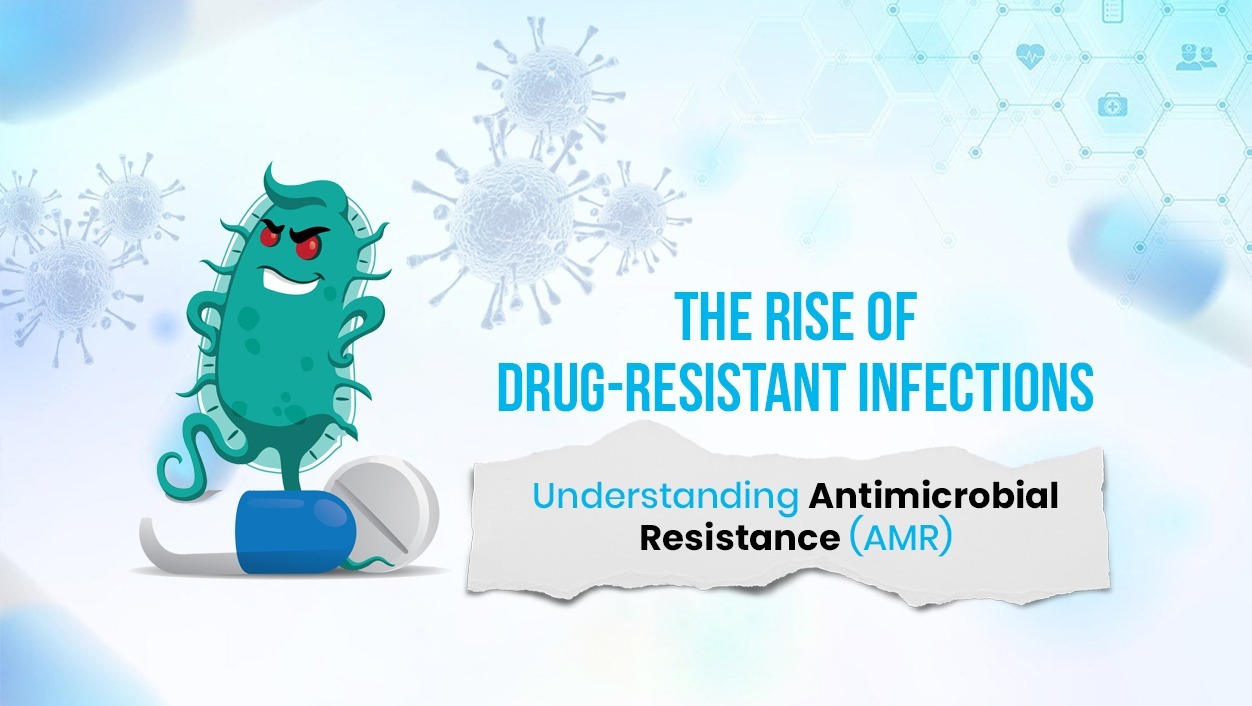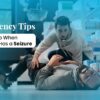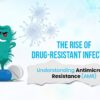Most of us don’t think twice when we pop an antibiotic for an infection. We expect it to work. But what if, one day, it didn’t?
That’s exactly what’s happening with antimicrobial resistance (AMR),a growing crisis where bacteria, viruses, fungi and parasites stop responding to the medicines designed to kill them. It’s a silent but deadly problem that’s already affecting millions of people worldwide.
What Is antimicrobial resistance (AMR) and Why Should You Care?
Think about a simple infection like a UTI or a case of pneumonia. In the past, a short course of antibiotics would clear it up. But now, many of these infections are becoming harder to treat because the bacteria causing them have learned how to fight back.
Antimicrobial resistance happens when microbes evolve and become resistant to drugs over time. The more we misuse or overuse antibiotics, the faster this resistance spreads. And this isn’t just a problem for someone else.it could affect any of us, at any time.
The Numbers Don’t Lie about antimicrobial resistance
This isn’t a distant threat, it’s happening now and the statistics are staggering.
- 1.27 million deaths every year are directly caused by drug-resistant infections. That’s more than HIV/AIDS or malaria.
- 5 million deaths annually are linked to AMR, making routine infections harder to treat and complicating surgeries, cancer treatments and other medical procedures.
- By 2050, AMR could claim 10 million lives each year. That’s more than cancer deaths today. A simple cut or a routine surgery could become life-threatening.
- Healthcare costs are spiraling. Treating drug-resistant infections requires prolonged hospital stays, expensive last-resort antibiotics and, in some cases, there’s simply no cure. By 2030, AMR could add $1 trillion per year to global healthcare costs.
- The economic impact could reach $100 trillion by 2050. As AMR weakens healthcare systems, industries suffer, productivity declines and global economies take a massive hit.
Antimicrobial resistance is already pushing healthcare systems to the brink. Patients are staying in hospitals longer, treatments are becoming more expensive and in some cases, doctors are running out of options entirely.
How Did We Get Here?
The overuse and misuse of antibiotics are the biggest drivers of AMR. Here’s how we’ve contributed to the problem:
Unnecessary antibiotic use : Many people take antibiotics for viral infections like colds or flu, even though they don’t work against viruses
Stopping treatment too soon : When we don’t complete a prescribed course of antibiotics, some bacteria survive and become stronger
Antibiotics in food production : Farmers often use antibiotics to speed up animal growth, leading to resistant bacteria that can spread to humans through food and the environment
Lack of new antibiotics : Drug companies aren’t investing enough in developing new antibiotics because they’re not as profitable as other medicines
Infections That Are Becoming Harder to Treat
Infections that were once easy to treat are becoming stubborn. Urinary tract infections (UTIs), for instance, are now tougher to cure 1 in 5 cases caused by E. coli that doesn’t respond to standard antibiotics. That means longer illness, stronger medications and more complications.
MRSA (methicillin-resistant Staphylococcus aureus) is another growing problem. Once just a hospital concern, it’s now causing stubborn skin infections and severe complications in otherwise healthy people.
Fungal infections are joining the list too. Candida auris, a drug-resistant yeast, spreads in hospitals and resists multiple antifungal treatments, making outbreaks harder to control.
Even tuberculosis (TB) isn’t spared. Multidrug-resistant TB (MDR-TB) doesn’t respond to first-line treatments, leaving patients with costly, toxic alternatives and fewer chances of recovery.
The reality is clear: the drugs we rely on are losing their power. If we don’t act now, routine infections could become deadly again.
What Can We Do about ?
Smarter Antibiotic Use
Doctors need to prescribe antibiotics only when absolutely necessary and we, as patients, need to complete our full course of medication without skipping doses just because we feel better.
Better Hygiene and Infection Control
Hospitals, clinics and even households must prioritize good hygiene to prevent infections from spreading in the first place. Simple steps like handwashing and proper sterilization go a long way.
More Investment in New Treatments
We need new antibiotics and alternative treatments, but pharmaceutical companies won’t invest in research unless governments and health organizations step in with funding and incentives.
Reducing Antibiotic Use in Farming
Stronger regulations on antibiotic use in livestock can help slow the spread of resistant bacteria from animals to humans.
Spreading Awareness
The more people understand the risks of AMR, the more pressure there will be for governments and health organizations to take action. This isn’t just a medical issue, it’s a global fight that affects every one of us.
Final Thoughts
Antimicrobial resistance is already a major public health crisis and if left unchecked, it will continue to grow. Without urgent action, we could face a future where common infections are untreatable, routine medical procedures become life-threatening and healthcare systems worldwide struggle to cope.
Addressing AMR requires a combined effort from healthcare professionals, policymakers, researchers and individuals to ensure that life-saving treatments remain effective for generations to come
Have doubts in mind , connect with us to know more









